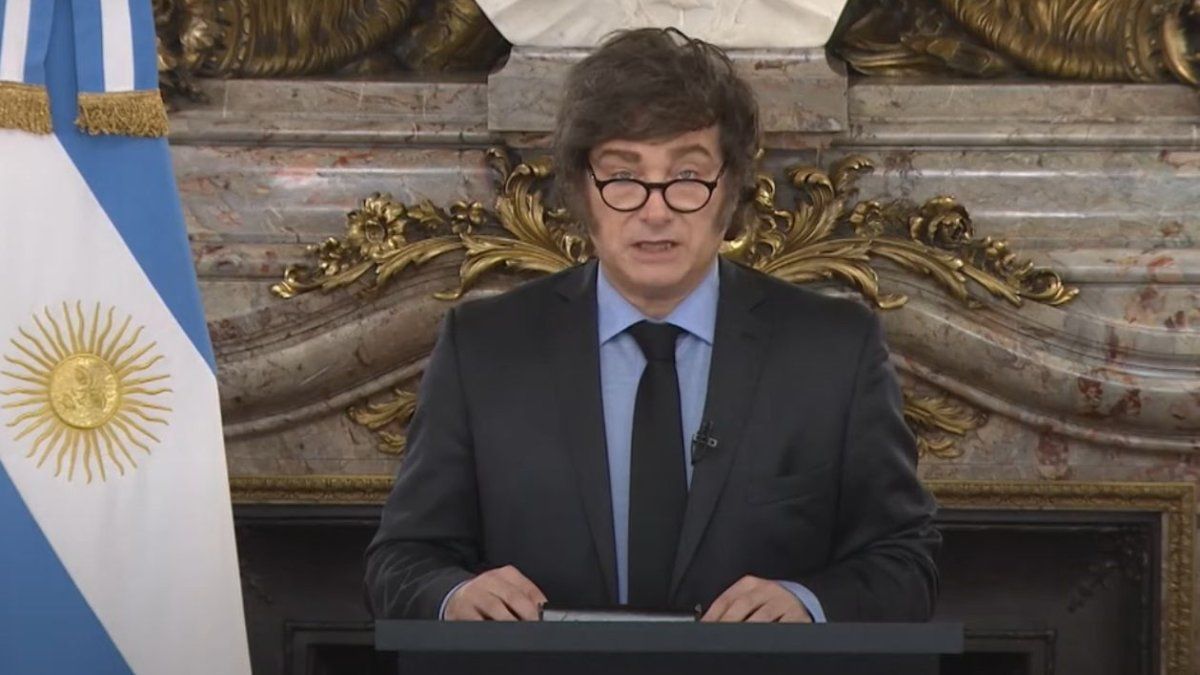International climate protection
What Trump’s withdrawal from the Paris climate agreement means
Copy the current link
Trump denies climate change – and turns away from international crisis plans. What that means and how the fight against the climate crisis will continue now.
Donald Trump says goodbye to climate protection: The new US President wants to cancel the Paris Climate Agreement again. According to a statement from the White House, the exit is one of his priorities. Trump denies man-made global warming and considers the agreement a “rip-off.”
The Paris Climate Agreement aims to limit global warming to well below two degrees compared to pre-industrial times – and if possible to just 1.5 degrees. This is intended to avoid the worst consequences of the climate crisis – such as more frequent and severe heat waves, droughts, forest fires as well as storms and floods.
What does the announced exit mean specifically?
The USA is withdrawing from the fight against the escalating climate crisis. This means that the USA will no longer present plans for how it wants to reduce emissions of climate-damaging gases. The USA is also shirking its financial responsibility: The Paris Climate Agreement obliges industrialized countries like the USA to provide financial support to vulnerable and poorer countries – even if states cannot be officially held accountable for non-payment. With the exit, the pressure on the USA to pay for climate protection, adaptation and damage will no longer apply.
“This is certainly not a good sign for international climate protection if the second largest emitter and the largest economy in the world is not there. Then of course it will be more difficult,” says climate researcher Niklas Höhne from the NewClimate Institute. Specifically, after termination there is an initial one-year period until the USA actually withdraws from the agreement.
Has international climate protection failed?
“This is not the downfall of international climate protection. On the contrary. So far it has been shown that all other countries want to continue to be involved and fill this gap. The EU in particular, but also China, are firmly involved,” says expert Höhne.
Christoph Bals, political director of the environmental organization Germanwatch, also emphasizes: “Trump and his government will certainly slow down the dynamics of the energy revolution in the USA to a certain extent. But never before in the history of humanity has a form of energy grown as quickly as renewable energies are now “The Trump administration can slow this trend, but it cannot stop it.”
The International Energy Agency expects that by 2030 almost half of the world’s electricity needs will be met by renewables. The expansion has already exceeded expectations.
The back and forth of the climate agreement
Trump had already led the USA out of the agreement in his first term in office (2017-2021). Due to the notice period, his resignation only took effect shortly before the end of his term in November 2020. It was already clear that his successor, Democrat Joe Biden, would bring the USA back into the agreement.
How big could Trump’s effect on global warming be?
There is an initial analysis of how big the Trump effect could be when it comes to global warming. The experts at the comparison portal Climate Action Tracker calculated a few weeks ago how much the change in direction in the USA could contribute to global warming and put the possible Trump effect at 0.04 degrees by the end of the century – but under the condition that only the USA change course and there will be no imitators.
The experts are based, for example, on the reversal of the so-called Inflation Reduction Act (IRA) introduced under Joe Biden – an enormous investment program with a climate focus. The 0.04 degrees would be in addition to the 2.7 degrees that the world is currently heading for, according to the analysis – even if the states comply with all climate protection plans presented.
However, even under Biden, the USA was the largest oil and gas producer in the world, according to the International Energy Agency.
Will Trump eliminate subsidies for climate-friendly industries?
Experts expect that this will remain an IRA investment program under Trump. “Too much of the targeted $368 billion in investments will flow into Republican-governed states. There are estimates that this will already create more than 300,000 new jobs,” says Bals. Höhne shares this assessment: It is a tax relief. “That’s something Republicans like.”
It is more likely that Trump will abolish the US Environmental Protection Agency – and with it all rules for emissions standards. “That would then lead to higher emissions in the long term,” said Höhne.
Could other countries follow the US example?
Argentina withdrew early from the last climate conference – while President Javier Milei was staying with Trump in Florida. “Trump’s influence on climate policy will depend above all on how effectively he can organize a coalition of brakemen worldwide,” says Bals.
What could such a coalition of brakemen look like?
Even if no more countries leave the Paris climate agreement, Trump is changing the discourse. The fact that he wants to ban wind turbines also gives a boost to voices in this country for whom wind power has always been a thorn in the side. Union Chancellor candidate Friedrich Merz recently called it ugly and a “transitional technology”. In addition, oil states like Saudi Arabia would have more freedom to block the process at climate conferences.
Greenpeace Germany boss Martin Kaiser sees the next federal government as having a responsibility to counter Trump: “If Donald Trump now wants to rely more on gas and oil again, against all physical logic, then Germany and Europe must not just give warnings,” says Kaiser.
What role does China play?
“A lot will now depend on how quickly the world’s largest emitter, China, reduces its emissions,” says Bals from Germanwatch. Climate researcher Höhne also sees the People’s Republic as a driver: “China is the powerhouse for everything you need for the energy transition.” The majority of solar modules and also the majority of wind turbines and electric cars come from there. “It’s a huge future market for China and that’s why it’s a big driver.”
dpa
Source: Stern
I have been working in the news industry for over 6 years, first as a reporter and now as an editor. I have covered politics extensively, and my work has appeared in major newspapers and online news outlets around the world. In addition to my writing, I also contribute regularly to 24 Hours World.




